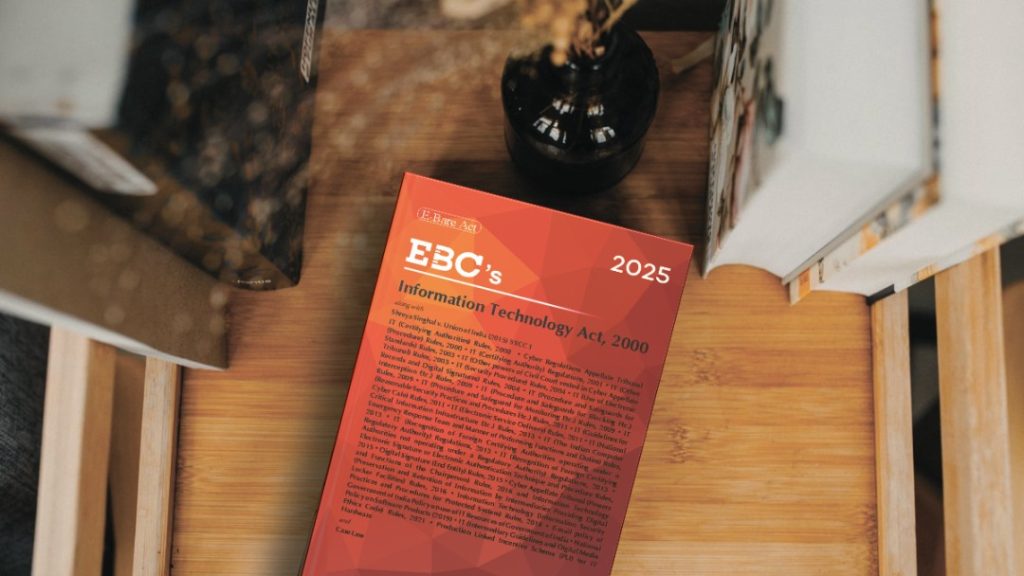
In a world where conversations, transactions, and activities increasingly unfold online, digital evidence has become central to modern litigation. From WhatsApp chats and emails to CCTV footage and metadata, courts today rely heavily on electronic records to determine truth. But not everything “digital” automatically qualifies as admissible. Indian law lays down strict rules on what counts — and what doesn’t.
This guide breaks it down clearly.
1. What Is Digital Evidence?
Under Indian law, digital evidence (also called electronic records) refers to any information created, stored, or transmitted in digital form.
Examples include:
- WhatsApp chats, emails, SMS
- Social media messages and posts
- Call logs
- Digital photographs and videos
- CCTV recordings
- Computer files and documents
- Cloud-based records
- Server logs, metadata, IP addresses
Legal Basis:
Section 2(1)(t) of the Information Technology Act, 2000 defines an electronic record.
2. The Backbone of Digital Evidence Law in India
Two laws govern how digital evidence is used in courts:
a) Indian Evidence Act, 1872 (IEA)
Updated through the Information Technology Act, 2000, the Evidence Act now includes provisions for electronic records.
Key sections:
- Section 65A – Special provisions for electronic records
- Section 65B – Conditions for admissibility; the crucial Section
- Section 22A – Oral admissions about electronic records not relevant unless the genuineness is questioned
- Section 45A – Opinion of the Examiner of Electronic Evidence
- Section 85A–85C – Presumptions regarding electronic agreements, digital signatures, and electronic records
- Section 88A – Presumption as to electronic messages
- Section 90A – Presumption as to electronic records more than 5 years old
b) Information Technology Act, 2000
Provides definitions and establishes the framework for digital signatures, cyber offences, and authentication.
3. The Heart of Admissibility: Section 65B Certificate
What the Law Says
For electronic evidence to be admissible, it must be accompanied by a Section 65B(4) certificate, certifying:
- The device produced the electronic record
- The process was reliable
- The copy provided is accurate
This certificate must be issued by a person in charge of the device or system.
4. What Counts as Admissible Digital Evidence
a) Properly Extracted Chats & Messages
WhatsApp, Telegram, SMS, Instagram DMs — admissible only with a 65B certificate.
b) Emails with Metadata
Metadata helps establish authenticity, timestamps, and sender identity.
c) CCTV Footage
Courts accept CCTV recordings accompanied by:
- 65B certificate, and
- Details on device functioning, date/time settings, and storage.
d) Server Logs & System Records
Often used in cybercrime, hacking, fraud, or financial wrongdoing.
e) Forensic Images of Devices
When seized through proper procedure under CrPC.
f) Computer Outputs
Printouts, hard disk copies, screenshots — all admissible when authenticated.
5. What Doesn’t Count as Valid Digital Evidence
a) Screenshots Without Authentication
Bare screenshots are not evidence until backed with:
- Original source, or
- A 65B certificate.
b) Unverified Social Media Content
Posts without proof of authorship or device origin are considered unreliable.
c) Manipulated or Edited Files
Any sign of tampering raises doubt; forensic verification becomes essential.
d) Illegally Obtained Digital Evidence
Though India does not strictly follow the US exclusionary rule, illegally obtained evidence can still be disregarded if its integrity is questionable.
e) Anonymous Emails or Messages Without Traceability
Evidence must be able to link back to a source device or person.
6. The Role of Expert Opinion (Section 45A)
Indian law recognizes the Examiner of Electronic Evidence (designated under IT Act) as a qualified expert.
They can opine on:
- Whether a file was altered
- Authenticity of metadata
- Validity of digital signatures
- Device functioning
- Recovery of deleted data
Their reports often influence admissibility and weight of evidence.
7. Chain of Custody: The Silent Hero of Digital Evidence
Courts evaluate whether the electronic record was handled properly from seizure to production.
A clear chain of custody shows:
- Who accessed the device
- Where it was stored
- How it was preserved
- Whether any tampering was possible
Breaks in this chain may reduce the evidentiary value.
8. Weight vs. Admissibility: Two Different Things
Even if evidence is admissible, courts assess:
- reliability,
- credibility,
- integrity, and
- probative value.
An authenticated WhatsApp chat may be admissible, but not always conclusive.
9. The Future of Digital Evidence in India
With courts increasingly comfortable with electronic records, the framework continues to evolve through:
- Judicial pronouncements
- Amendments to procedural laws
- Growth of cyber forensics
- Better digital documentation practices
As digital transactions dominate our lives, the courtroom will rely more on electronic footprints—and laws governing them will only grow more significant.
Understanding what counts—and what doesn’t—as digital evidence is essential for lawyers, investigators, businesses, and individuals. The Indian Evidence Act, fortified by the IT Act and Supreme Court judgments, sets strict parameters for authentication, admissibility, and reliability. In India’s legal landscape, digital evidence is powerful, but only when handled correctly, certified properly, and backed by law.
For readers looking to explore digital evidence in greater depth, you can browse authoritative titles on the subject here.
















